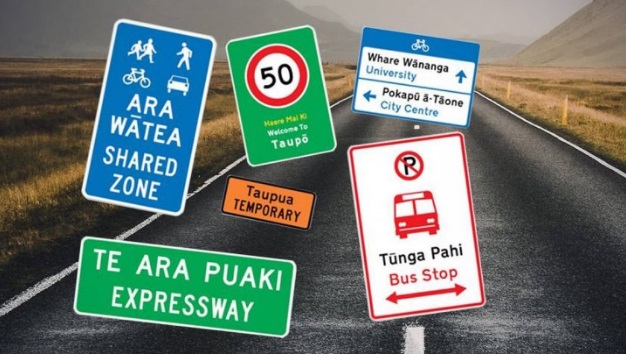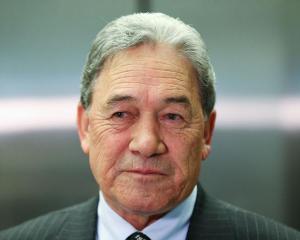
Simeon Brown told a Bay of Plenty meeting about transport infrastructure that “we all speak English, they should all be English” when asked was asked his opinion on Waka Kotahi NZ Transport Agency’s proposal to introduce bilingual signs.
“My view is it will make signs more confusing,” he said, telling the transport agency to just “do your job”.

“They should be spending their money filling potholes. Not coming up with new signage. How about not spending money on nice-to-haves, just do your job,” Brown said.
A transport agency spokesman said the programme had a “low-cost” approach and existing signs would only be replaced with bilingual signs when they need to be replaced due to damage or wear and tear.
“We have identified international precedents and examined the safety implications of bilingual signage. Many countries use bilingual signage, and research demonstrates that bilingual signs have not led to an increase in the number of people who have been killed or seriously injured where this has been measured.”
Using te reo Māori on traffic signs would contribute to a country where te reo Māori is visible at a community level and the mana of te reo Māori is affirmed and recognised, he said.
The rollout would begin with signs that need to be replaced, particularly in hard-hit regions where signs were damaged during the cyclone and new signs are needed.












